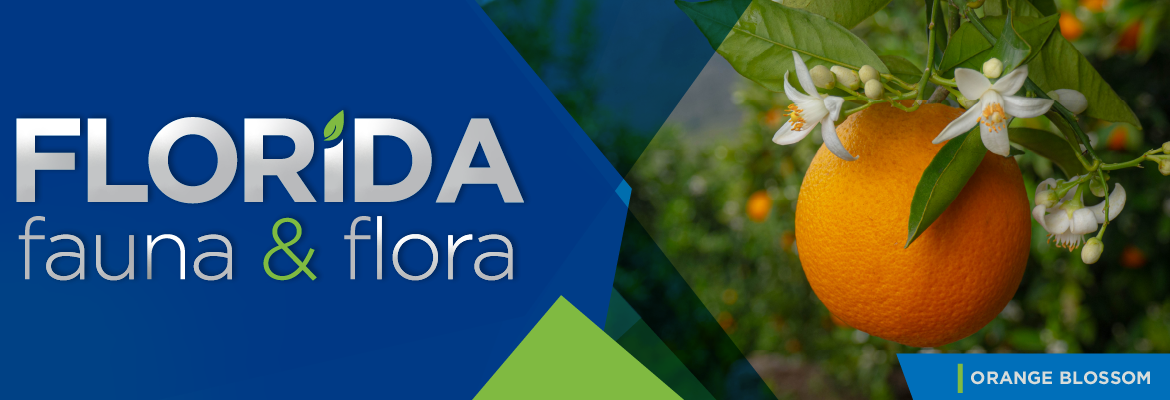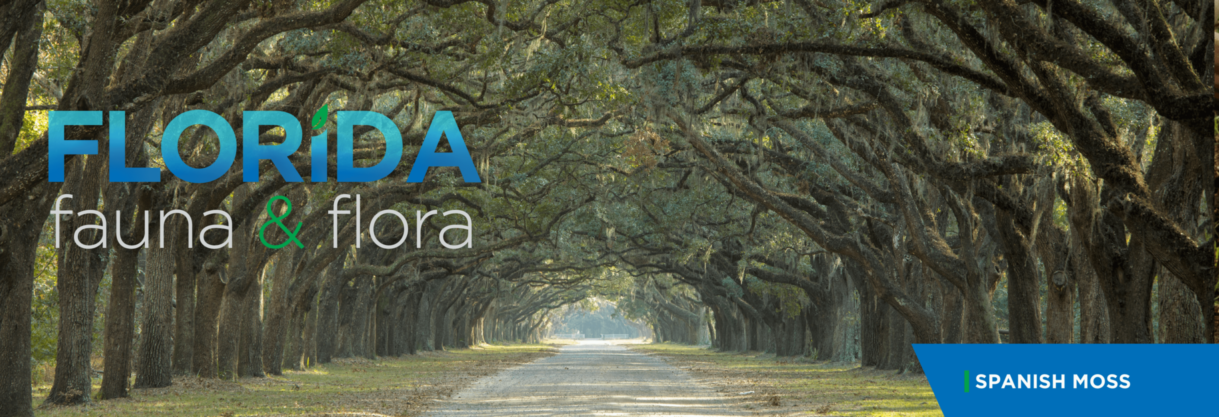Florida Fauna & Flora – Orange Blossom
Florida Fauna & Flora – Orange Blossom
In 1909, the Florida State legislature chose the orange blossom as the state flower. Orange blossoms are the fragrant flowers that grace the millions of orange trees that are synonymous with Florida. Orange blossoms are found in perfume, French and Mediterranean cuisine, wedding bouquets and orange blossom honey.
The citrus industry is Florida’s second-largest industry after tourism. Florida bottles as much as 90% of the nation’s orange juice. The industry is facing a possibly insurmountable challenge. Almost 90% of Florida’s orange groves are infected with the Huanglongbing (HLB) bacterium. This bacterium attacks orange tree roots and prevents the fruit from ripening. A small insect called a citrus psyllid spreads the bacterium from grove to grove.
Some of Florida’s juice making factories are closing their doors, fruit packing operations are downsizing and fruit picking jobs are drying up. But there is hope. Recently both the amount of fruit produced and sales have increased. The Citrus Research and Education Center in Lake Alfred is creating solutions to combat HLB. Measures include enhanced root grafts and select fertilizer schedules.
Fun Flora Fact: In 1493, Christopher Columbus brought orange trees to the new world. Ponce de Leon’s explorers planted the first Florida orange trees near St. Augustine in the mid-1500s.
Sources: www.VisitFlorida.com and www.WashingtonPost.com
Read the full January 2021 SECO News online.




